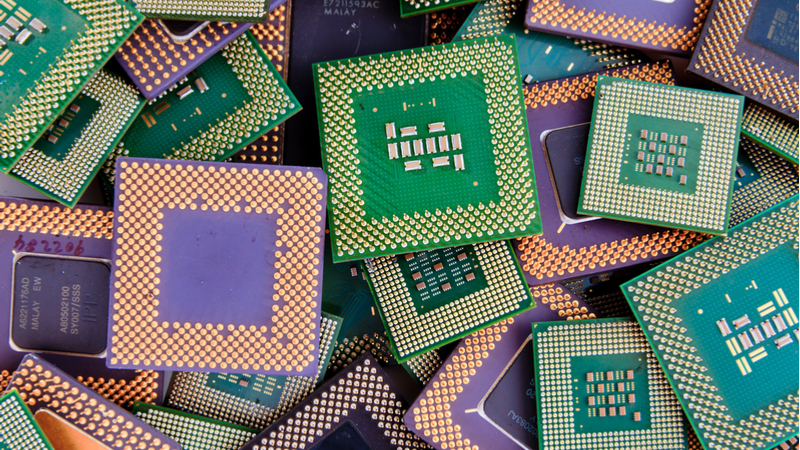
The Biden administration is tallying up a total of $395 billion of commitments to invest in U.S. semiconductor and electronics sectors thus far over the administration, according to the White House’s Invest.gov website.
When the White House launched the website last June, it listed $214 billion in commitments to invest in semiconductors and electronics – and that number has since risen by $181 billion in just over one year.
At an event hosted by the Brookings Institution on Monday afternoon, Justina Gallegos, deputy director at the White House Office of Science and Technology Policy (OSTP), highlighted the Invest.gov tracker, explaining that it shows “where all of the Federal investment that the U.S. government is pouring into sectors across the country is going.”
“We want diversity of entrants at the firm level to increase competition but also to drive further innovation in all those critical sectors, but also to enhance economic activity in every area of our country,” she said. “And you see that happening.”
Gallegos said some of the increase in investment commitments is due to impacts from the CHIPS and Science Act. President Biden signed the CHIPS and Science Act into law in August 2022, making up to $52 billion of funding available to incentivize semiconductor makers to establish new manufacturing operations in the United States.
Additionally, the Commerce Department’s CHIPS for America program announced a competition earlier this month with up to $1.6 billion in funding – authorized under the CHIPS and Science Act – to support research and development (R&D) activities for semiconductor advanced packaging.
“You can see … clear direction in sectors that we think will drive economic growth, specifically inclusive economic growth to see big investments in that CHIPS and Science Act, particularly in the semiconductor industry to manufacture semiconductors, and then to create a really robust R&D ecosystem that will help the U.S. maintain and leapfrog in that specific technology because it undergirds so much of our economic growth,” Gallegos said.
The tracker shows a wide spread of public investment across the country, which she said “is triggering historic private sector investment [and] is a very intentional approach to economic development that both we are learning from in real time but that we also hope to continue with further investment.”
Although it’s unclear how much funding is left under the CHIPS and Science Act, the Commerce Department has been busy in recent months awarding a series of funding deals, announcing the latest deal with Rogue Valley Microdevices (RVM) earlier this month worth up to $6.7 million. Other blockbuster awards include up to $6.1 billion for Micron Technology, $6.4 billion for Samsung Electronics, and $6.6 billion for TSMC Arizona – a unit of Taiwan Semiconductor Manufacturing Company Limited.
“We can see from all of the work that the president has done to date that he cares deeply about channeling our nation’s immense industrial capacity and innovation capacity towards really inclusive growth,” Gallegos concluded.
